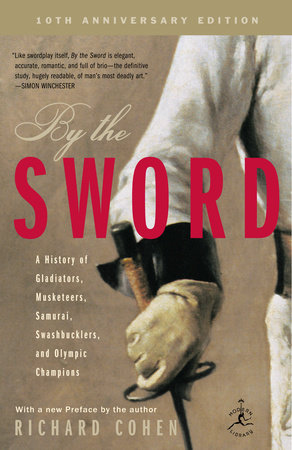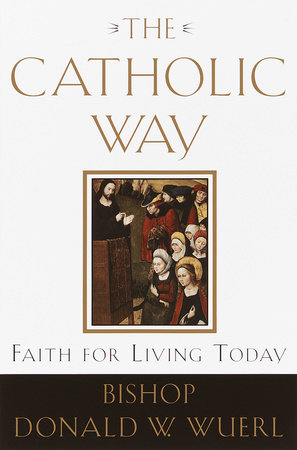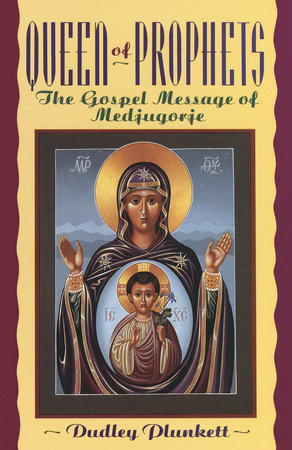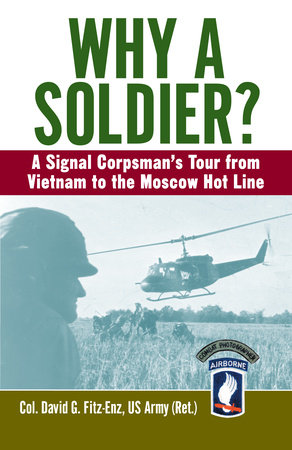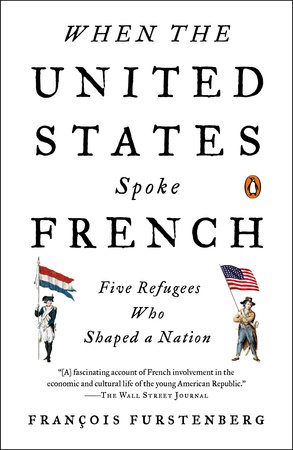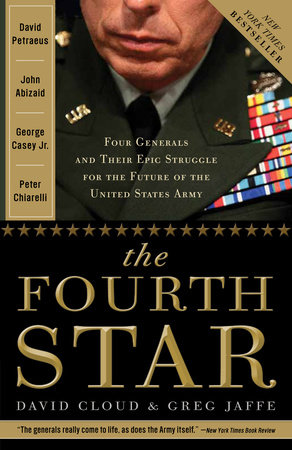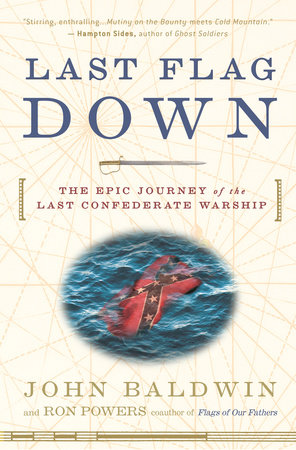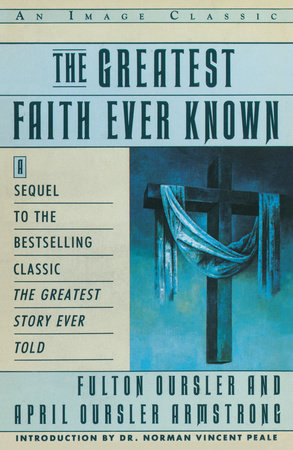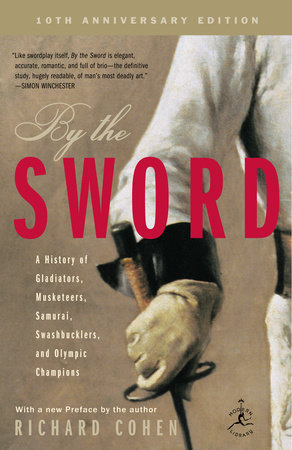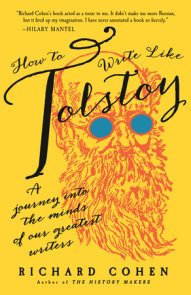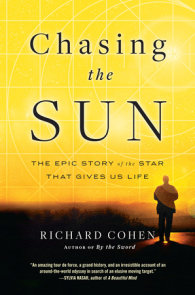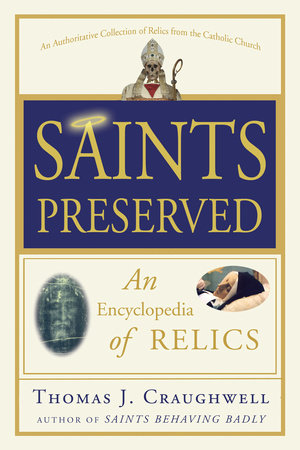Author Q&A
A Conversation with Richard Cohen, author of BY THE SWORD
Random House: In America, sword fighting has something of a hidden cache. Of course, we often see jousting in action movies, and other types of entertainment venues. But, the sport — at least in America – has been lost to a large sector of the general populace for quite a while. Why do you think this is?
Richard Cohen: From the 1870s on swordplay in America pretty well disappeared, being kept up by certain aristocratic groups and by the military. It became an elitist,
minority interest. But from 1896 on – really, the birth of the cinema –
swordfighting has been a staple of adventure films. So there’s always been
this underground interest in swordplay, and when in the last ten years or so
some great European masters came to the US there were plenty of people
willing to take it up. Two years ago the US won its first fencing world
championship – at women’s saber! It’s now a rapidly growing sport.
RH: The artwork on the jacket of BY THE SWORD is so evocative and lush. Can you tell us about the image and why it was chosen to go on the jacket?
RC: We tried several approaches. We wanted to get at the romance of fencing –
that seemed its crucial quality – but at the same time not make it look like
a sports book. It’s much more than that – a general work of history that
appeals to all sorts of people. After about six or seven different attempt a
friend of mine suggested we model the cover on MEMOIRS OF A GEISHA – which
shows just a small section of a Japanese woman. It’s atmospheric and
beguiling, and very effective. Spurred on by this, the jacket’s designer,
Misa Erder, found a superb turn of the century painting, LE MAITRE D’ARMES,
by Tancrede Bastet (1858-1942), and used that to put together the superb
cover the book now has. But I also love the book’s spine -it almost makes
you feel you’re looking at a leather-bound classic. Which is a nice feeling
to have.
RH: How did the idea for BY THE SWORD come about?
RC: Back in 1992 I had just left the British publishers for whom I worked and
decided I’d have one last go at getting to the Olympics. I was already 45,
and my first Games had been in 1972, but in 1990 I had been selected again
for the British team, and again in 1991, so I knew there was a chance. Well,
I thought I’d keep a record of the year, as I went off to internatinal
competitions in Bulgaria, Boston, Padua and so on – to be called ONE LAST
FENCE. It was to be a personal account, taking in history as appropriate. In
the end, I failed – in the last bout of the last competition before selection
– in Madrid, I remember, so there was no happy ending, so no story. But I had
all this research – interviews with champions and their coaches that captured
stories that had never been written down or recorded anywhere; and when in
1999 I moved from London to America I thought maybe I should expand my
original idea to write an entire history.
RH: What were the main challenges in writing a history of sword fighting?
RC: The main challenge in all this was that I never knew the history would
turn out to be so vast or so complex! I knew Churchill had fenced, but
Lincoln? Teddy Roosevelt? Harry Truman, of all people? I would come back from
my main research home, the NY Pub;ic Library, each day with what I hoped wasa
minimum of two ‘nuggets’ – two new pieces of information that I knew I would
want to see in the final ms. But often I would return home with six or seven.
From the organizational point of view, there were some fascinating problems.
Many non-fiction books have a tension between their being a chronological
account and their dealing with specific themes, and that was certainly a
battle I had to work out. Some themes I decided to allow to carry on through
the entire book – the often intense relationship between master and pupil,
for instance. At other times – say with the story of swordfighting and the
cinema – I’d work an entire subject into one chapter, even though that was
covering a period of over 100 years. On the other hand, quite early on I
created an entire section – three chapters – on the idea of perfection –
perfection in sword-making, in the longing for a perfect stroke, in the
philosophical notion that via swordplay one might become perfect. I wanted
the reader to know that these quests have lasted through history, and to
carry a sense of what these quests involved as they read on through the rest
of the story.
RH: Why did you persevere in writing a book about sword fighting? To some, it may seem an esoteric subject.
RC: IS swordfighting an esoteric subject? Well, I know it’s a minority sport
both here and in Britain. But nearly everyone, boy or girl, has picked up a
stick or madeup sword at some time or another and started to fight. It’s a
very basic enthusiasm. And as for my persevering, it really wasn’t hard. I
loved the research, even (dare I say it) loved the writing. The subject just
got bigger and bigger. It wasn’t that I kept on finding out so much more than
I ever thought I would. It’s that swordplay led into so many different areas,
so that I discovered that I wasn’t writing about a sport at all, but a social
history, a book about an entire culture. I had grandly described the book as
I first envisioned it as a ‘biography of a sport’, and I hope that element is
still there. But it’s more how the most important weapon known to man – for
that’s how the sword has to be seen – has opened the way to so much that
isn’t to do with swords at all.
RH: I understand that you are an accomplished swordfighter (is that the correct terminology?) yourself. What drew you to the sport? What is your specialty within it?
RC: I think I’m just a plain’fencer’ rather than a ‘swordfighter’, though I
like the second term! I first took up fencing when I was at my main school,
in England, at a large boarding school set in the Somerset countryside. The
school was run by Benedictine monks (I was brought up as a Catholic – Jewish
father butn Irish mother) and one day, early on in my time there, a monk came
into the ‘junior’ house and talked about the sport he ran at the school –
fencing. He was a marvelous character, and very compelling. Locals called him
‘the fighting monk’, and he would sometimes come to our sports hall wearing
his habit, a mask and glove and wielding a saber above his head. Anyway, how
could I resist? I started with foil, the light French sword, did a bit of
epee, which is the sword used for dueling, but soon turned to saber full
time. It’s more mobile, more dramatic. Better fuel for one’s fantasy life.
RH: In sword fighting, which skills are most prized? Similarly, what are the least important — or least desirable — characteristics in a swordfighter?
RC: I recently asked my first national team coach what made a great fencer. He
was called Bob Anderson, and besides his coaching duties (he went to seven
Olympics) he was Hollywood’s main fight director. He said a champion fencer
had to have four qualities – anticipation; a superb sense of rhythm; timing;
and physical ability, especially leg strength. Of all the people he coached
in film roles the actor with the most ability – over 50 years of assessing
actors – was Antonio Banderas. Bob taught him to fence for THE MASK OF ZORRO,
and will be doing so again next year, in the sequel.
Least important? Strangely, because there can be such a strong mental element
in fencing, it’s not vital that you are a great athlete. Obviously, that can
be a tremendous help, but I’ve known a champion fencer with one hand, another
with one arm, even a German sabreur with only one arm and one leg, and three
fingers on his one hand. He was suprisingly fast, and a really difficult
fencer to beat. What I hate in a fencer is someone who cheats – who goes
against all the traditions of honor that surround the sport. Sadly, success
at international level is now often judged so important that the pressures
not to be honorable on the fencing strip are very great.
RH: BY THE SWORD must have required quite a lot of heavy research. Was this so? Or were you already acquainted with most of the history? What were your primary sources? How did you go about researching the history in the book?
RC: I took just over two years for research, although in truth I suppose I’d
been taking material in through my pores for the previous forty. I travelled
to twselve countries in the course of research, and spoke to over 100 people.
The NYPL was a wonderful resource, but I went to libraries in Spain, Germany,
Britain and France as well. My languages aren’t great, and so I had fellow
historians and fencers in countries like Russia, Hungary and Poland
translating long-forgotten memoirs and ancient texts for me. I felt by the
end I had a whole brotherhood helping me get the research for the book right,
all of them aware that probably it wouldn’t ever be attempted again – or at
least not for a very long time. I was really enormously lucky in the help I
received.
RH: I know that you were integrally involved in the book publishing industry in England for many years. Can you tell your American audience the primary differences, as you see them, between American and English publishing?
RC: I was an editor and publisher in Britain for 25 years. Really, the
similarities are more striking than the differences. As an author, though,
it’s been an enlightening experience being published simultaneously in both
countries. At the time of writing, a month after the book went on sale in the
US, I have had one review (albeit a marvelous one, in the NYT) yet the sales
are strong. In the UK, where there are so many national papers, I have had
twelve reviews, all in broadsheets or national magazines. It seems so
difficult to reach readers in the US. Bob Anderson, who I’ve mentioned, got
me to be an extra in the latest James Bond movie, DIE ANOTHER DAY, and so I
rubbed shoulders – very briefly – with Piers Brosnan and Madonna. It was all
great fun, and a little absurd; but that probably got my book more publicity
than anything else.
RH: Was BY THE SWORD also published in England? If so, what kind of reception did it get? In what ways did the American publication differ?
RC: In Britain I was published by Macmillan. Like Random, they’ve been very
good, and I’ve also been very lucky with reviews, nearly all of them pushing
the book as a really good read. One interesting difference is that the Random
version is printed on very good thin paper, so it doesn’t look as if it’s 520
pages. It looks an elegant but not threatening package. In Britain they
really bulked up the paper, so there’s over half an inch difference in width.
They wanted readers to feel it was value for money. Both editions have
reprinted, so maybe both publishers were right!
RH: Many readers have begun to come to BY THE SWORD. Who do you envision your primary audience to be?
RC: My primary readership is obviously those whop have fenced or who have an
interest in swordplay. But as I’ve indicated, it’s really mainline history
that I’ve written. In Britain, one of the leading sports columnist has called
for BY THE SWORD to be given the best sports book of the year award. (I
wish…) But I was even more pleased when the Random edition was picked by the History Book Club and also the Military History Book Club. It even got picked, I was told, by the Science Fiction Book Club. Work that one out.
RH: Which main points in BY THE SWORD appeal to the general reader? I ask because the flap copy on the book jacket gives many tantalizing hints about the continued relevance and legacy of sword fighting in society (i.e. it explains why buttons are sewn on a certain side of a jacket; why we shake hands in the way we do; and so on.) It would be interesting to hear your take on the book as a whole.
RC: When I began writing BY THE SWORD I never felt it was going to have a
central theme. To my surprise, it grew one – the place of honor in our
society, and over time. Because swordplay developed from people trying to
kill each other, it was more necessary to have not just rules but a code of
behavior that fencers would abide by. Even more than other martial arts,
fencing expects people to be honorable in the way they behave. In Japan,
swords were seen as a reflexion of a man’s soul, and even in the West they
have a huge symbolic value. This gives any history of swordplay a resonance
beyond most other books on a specialist subject. I enjoyed COD, for instance;
but the opportunities for honorable and dishonorable behavior are limited.
RH: It’s the holiday season. Many of our readers are looking for gift books for loved ones. If you could recommend this book to certain people on readers’ holiday shopping lists, who would they be and why?
RC: In all seriousness, it’s difficult to see who WOULDN’T enjoy the book, if
they like reading at all. My 14-year-old has started to read it (very
critically), and he normally reads only science fantasy. The lady who cleans
our apartment has a copy; our doorman gives me a chapter-by-chapter critique.
I thought it might be more a man’s book, and certainly there’s so much
derring-do in the book that I hope that audience will get their money’s
worth. But three of the most appealing longer stories in the book are to do
with famous women fencers. And in the end fencing is the most romantic of
sports – perhaps the most romantic of all. But you’d have to read the last
chapter in the book to see how that has particular play for me personally.
RH: Lastly, what’s next?
RC: What next? Something of a similar approach, I suspect, but to a very
different history – the history of the sun, and man’s relation to it.
